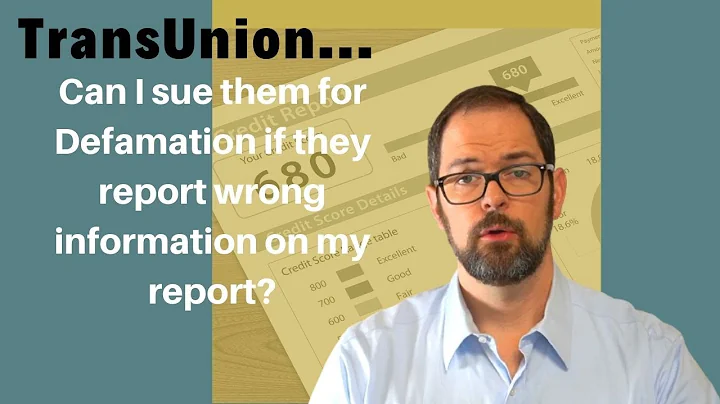Unlock the Benefits of Subleasing Your Office Space
Table of Contents
- Introduction
- What is Subleasing?
- Why Sublease Your Office Space?
- The Subleasing Process
- Confirm Your Right to Sublease
- Choose a Real Estate Adviser
- Listing the Space
- Review Proposals
- Agree to Terms
- Hire a Real Estate Lawyer
- Sign and Countersign the Lease
- Get Consent from the Building Landlord
- Celebrate Your Success
- Conclusion
🏢 Introduction
Welcome to this comprehensive guide on how to successfully sublease your office space. In today's competitive real estate market, subleasing has become a popular solution for businesses looking to optimize their space utilization. In this guide, we will explore the subleasing process in detail, providing you with the knowledge and steps necessary to navigate the process efficiently. Whether you have an existing office lease or are simply interested in exploring subleasing opportunities, this guide is designed to simplify the process and help you achieve your goals.
🔍 What is Subleasing?
Subleasing refers to the practice of finding someone to utilize and pay rent for your office space. By becoming a landlord, you can offset a significant portion, if not all, of your financial obligations to your original landlord. Companies choose to sublease their space for various reasons, such as growth, mergers, acquisitions, or contraction due to market or internal financial conditions.
⭐ Why Sublease Your Office Space?
- Financial Relief: Subleasing allows you to find a subtenant who will help subsidize your rent payments, reducing your financial burden.
- Space Optimization: If your business no longer requires the entire office space, subleasing enables you to optimize its utilization and avoid unnecessary expenses.
- Flexibility: Subleasing provides flexibility, allowing you to adapt to changing business needs without being tied down to a long-term lease.
- Networking Opportunities: Through the subleasing process, you can connect with other businesses and potentially form collaborative partnerships.
Now that we have a clear understanding of subleasing, let's dive into the step-by-step process to successfully sublease your office space.
📝 The Subleasing Process
Step 1: Confirm Your Right to Sublease
The first step in the subleasing process is to review your lease document and determine whether you have the right to sublease. Familiarize yourself with the specific steps outlined by your landlord to ensure compliance and secure their approval.
Step 2: Choose a Real Estate Adviser
Selecting a reliable and experienced real estate adviser is crucial for a successful subleasing endeavor. Your adviser will guide you through the process, provide market insights, determine the right pricing for your space, and create effective marketing materials.
Step 3: Listing the Space
Listing your office space correctly is essential to attract potential tenants among the vast pool of available office spaces. Rely on your real estate adviser to create compelling marketing materials and coordinate tours to generate interest and receive proposals.
Step 4: Review Proposals
Evaluate proposals from interested parties, considering not only the rent price but also the nature of their business, financial health, and compatibility with the building and its systems. Request financial statements to ensure the tenant's ability to fulfill rental obligations.
Step 5: Agree to Terms
With the assistance of your real estate adviser, negotiate and document the financial terms of the sublease agreement. These terms may include base rent, electricity costs, yearly increases, real estate taxes, concessions, and security deposit.
Step 6: Hire a Real Estate Lawyer
Engage a real estate lawyer specializing in office leases to protect your interests during the subleasing process. They will review and draft the necessary legal documents, ensuring your rights are safeguarded and the financial terms are accurately reflected.
Step 7: Sign and Countersign the Lease
Once the sublease agreement is finalized, both parties should sign and countersign the lease. This is a crucial step in solidifying the agreement and making it legally binding.
Step 8: Get Consent from the Building Landlord
Obtaining consent from the building landlord is vital to secure their approval for the sublease. Landlords may consider various factors, such as the tenant's business type, foot traffic, or potential impact on the building.
Step 9: Celebrate Your Success
Congratulations! You have successfully navigated the sublease process and found a tenant to help subsidize your existing obligations. Take a moment to celebrate your achievement and enjoy the financial relief this sublease brings.
💼 Conclusion
Subleasing offers businesses an effective way to optimize their office space and alleviate financial burdens. By following the step-by-step process outlined in this guide, you can confidently navigate the world of subleasing and find a suitable subtenant. Remember to seek guidance from experienced professionals, such as real estate advisers and lawyers, to ensure a smooth and successful subleasing experience.
Resources:







